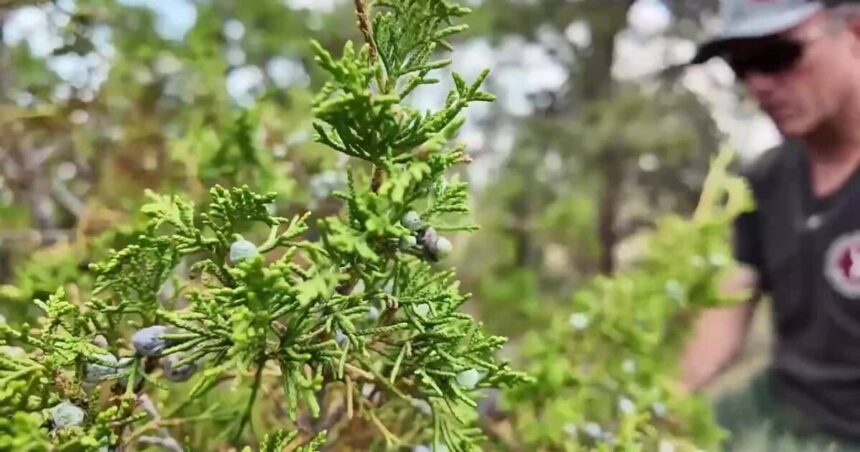ROUNDUP — The Bureau of Land Management (BLM) is warning Montanans that high fire risk is ahead for what will likely be the remainder of the summer.
BLM officials say that the high temperatures are drying out trees, shrubs and grass, which could lead to an intense and long fire season.
BLM Fuel Specialist David Day sees the problem often. Every two to three weeks, Day spends hours collecting samples of trees, shrubs and grass to study.
“What I’m doing today is grabbing samples of mostly live fuels,” Day said Thursday afternoon at his work site, which is located eight miles southwest of Roundup. “We’re going to start with ponderosa pine.”
Day will scan the area and clip the different wildlife. He then places them in cans, which are taken back to his office and weighed. He will then put all the samples in an oven for 24 hours and weigh them again to see how much moisture was being held.
“It gives us good information, particularly comparing trends and comparing seasons,” Day said.
And the information doesn’t just help with comparisons to former fire seasons. It also can help with the response to fires that happen during the current year, as well as help predict how busy a year might be.
BLM Meteorologist Dan Borsum is one of those who looks at the data — along with the weather forecast — to predict what the season might be like.
“Right now, conditions are far more favorable to fire activity in the region,” Borsum said.
Borsum noted that the risk is currently increasing — now above where the average is for this time of year — with the current heat wave bringing temperatures into the triple digits with no end in sight.
“So, everything within the landscape is going to start becoming more available for fires,” Borsum said. “The more of those that are out there available, the more fires we’re going to start to see get bigger.”
It’s a concerning situation that many will be following, with more months of summer still ahead.
“At this point in the year, it’s very concerning,” Day said. “It’s still pretty early in the season so we could have three more months of fire season pretty easily.”





